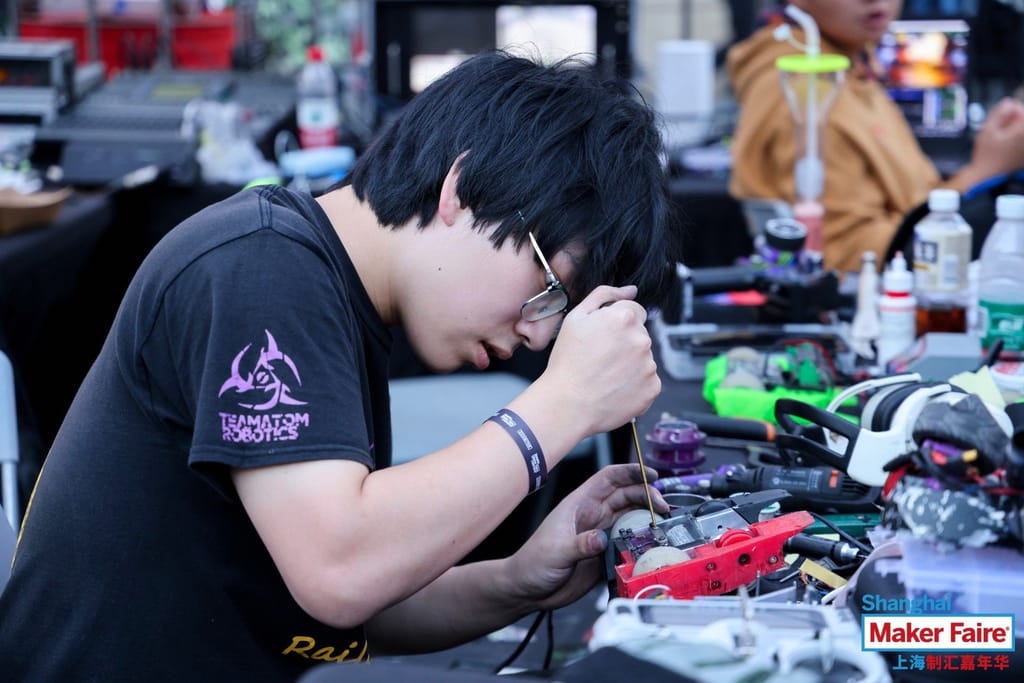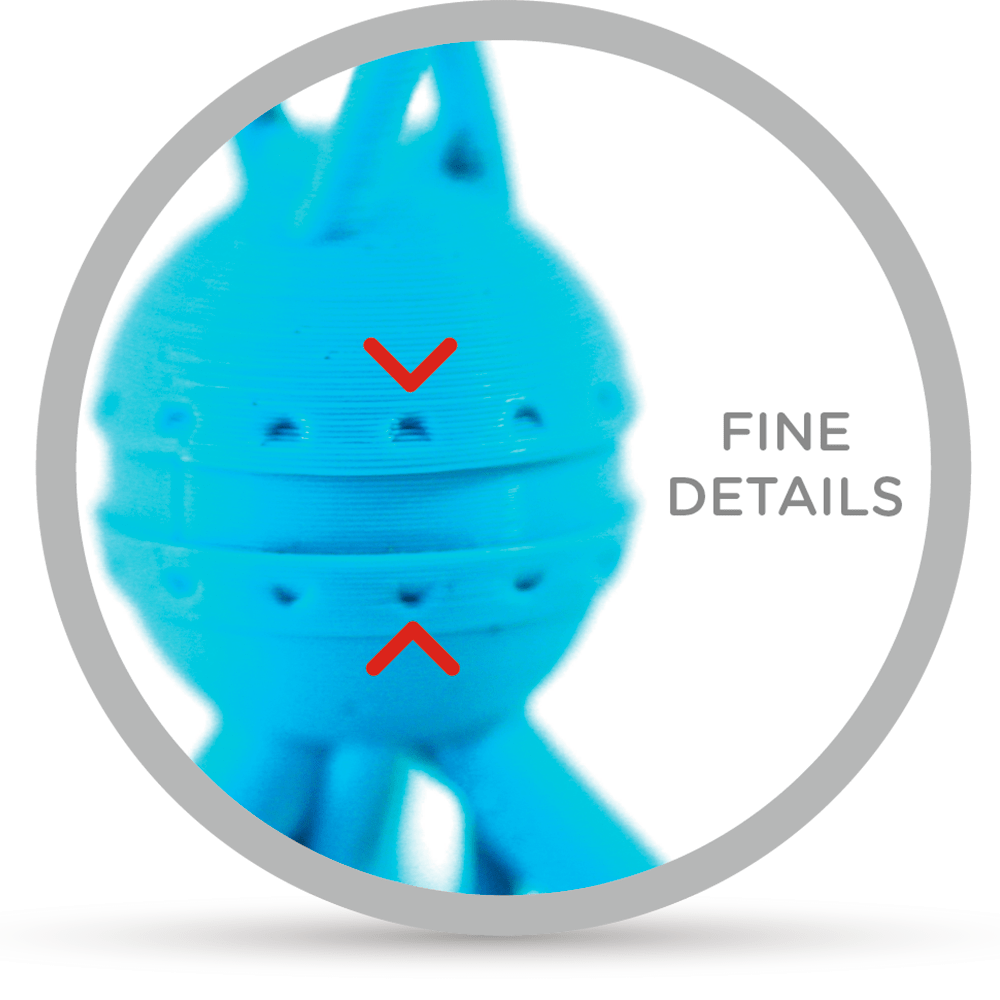Project Introduction:
Robot combat is a competitive game where participants use self-made robots of equal weight, following the competition standards, to engage in battles within designated arenas and limited timeframes using any technical means except those on the prohibited list.

Pain Points:
Traditional combat robots are predominantly made of metal plates or HDPE materials to ensure the overall stability of the robots during intense battles. Each level of the competition imposes different requirements on the robots, which means participants need to design multiple robots, significantly increasing the design and production costs. Additionally, every match consumes robot components such as internal drive motors, which reduces the lifespan of the robots. Therefore, protecting the motors from intense impacts has become a pressing issue for participants to address.

3D Printing Solutions:
With the rapid development of 3D printing technology, the range of 3D printing materials has expanded, and flexible materials are increasingly used by participants to address collisions involving electronic components in combat matches. In addition, because the robot fighting competition is usually in accordance with the weight class can be divided into ant level, beetle level and amateur level, some players will according to the needs of the tournament to design their own robot parts, and then select the appropriate material for 3D printing, so as to reduce the design cost and weight.


Why Polymaker:
Polymaker is reputational for its proficiency in material-extrusion based 3D printing area with comprehensive solutions. It offers three types of flexible printing materials: PolyFlex™ TPU90, PolyFlex™ TPU95, and PolyFlex™ TPU95-HF. PolyFlex™ TPU95, specifically, is a thermoplastic polyurethane material suitable for desktop-level 3D printers. It has a Shore hardness of 95A and can be stretched to over 3 times its original length without breaking. This material, with its strong interlayer adhesion and flexibility, allows print parts to securely encapsulate electronic components, protecting them from external damage. Compared to TPU90, it offers higher hardness and better absorption of external impacts among similar flexible materials. Additionally, by leveraging 3D printing, this material can achieve different levels of elasticity through model design and varying infill densities. This enables the customization of exclusive products and effectively reduces the weight of robots in their manufacturing process. Overall, PolyFlex™ TPU95 has become the favored material for robot external armor.



Overview & Outlook
In the future, with the widespread adoption of TPU95 in robot elastic armor, robot combat will experience further innovation and development. The flexibility and interlayer adhesion of TPU95 will effectively protect the internal electronic components of robots, extending their lifespan. Moreover, the flexibility of 3D printing technology will allow participants to customize robot components according to competition requirements, reducing design costs and robot weight. Innovation and collaboration will continue to be our guiding principles, making creation easier than ever before. We look forward to witnessing the breakthroughs and advancements brought by TPU95 elastic armor in the future robot combat arena.



















